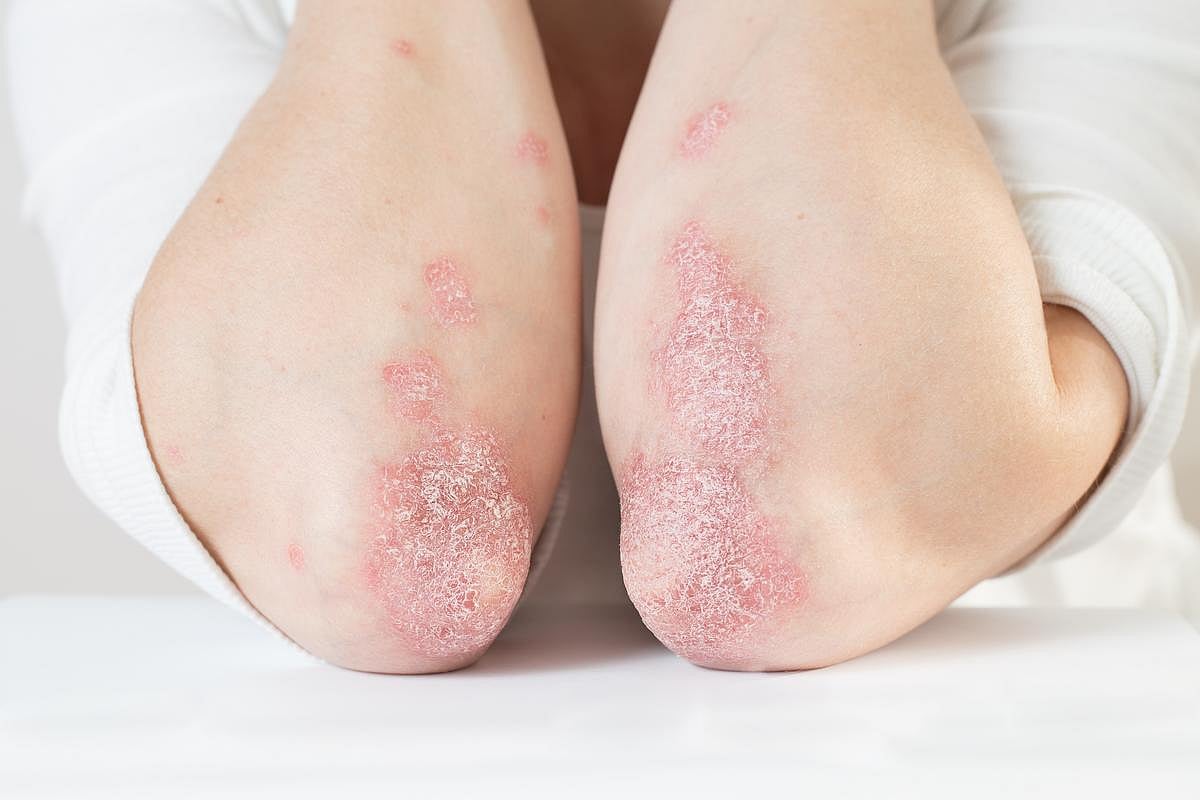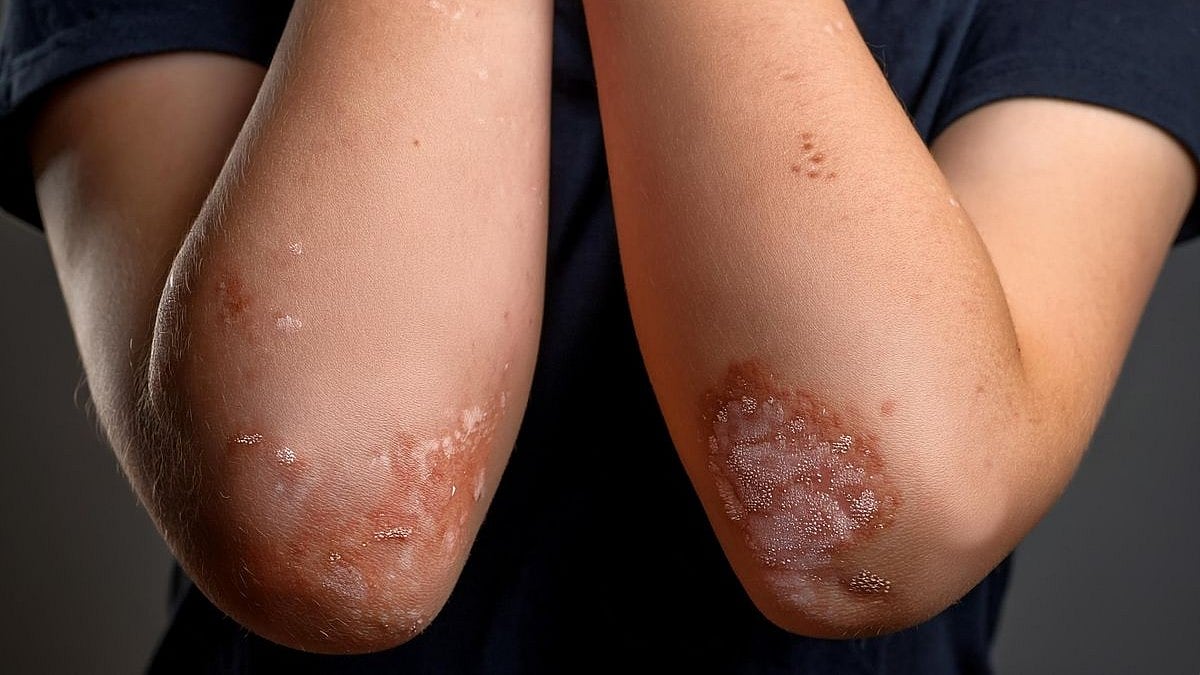Hidradenitis suppurativa (HS) is a chronic inflammatory skin condition that is clinically defined by lesions ranging from painful, deep seated nodules to abscesses, draining sinus tracts, and ultimately, irreversible fibrotic scars. While the etiology remains unclear, a number of mechanisms ranging from genetics to aberrations of the immune system have been proposed. In addition, HS has a number of associations and may occur in conjunction with several diseases that span a host of medical specialties. The estimated prevalence ranges are from 1% to 4%; however, a large degree of under-reporting and misdiagnosis of this condition likely underestimates its true clinical significance. The debilitating consequences of missed diagnoses or improper management leads to severe pain and irreversible cutaneous manifestations (i.e., fistulae, sinus tracts, disfiguring scarring). HS has been found to significantly impair patients’ quality of life to a greater degree when compared with other skin conditions. Early recognition and treatment are critical for a favorable prognosis, and diagnostic delays may be related to variable presentations within numerous comorbidities. Here we provide an in-depth, clinical-based review of HS, highlighting the clinical presentation, pathophysiology, grading systems, epidemiology, and comorbidities, in hopes of shedding light on an often misunderstood disease and ultimately moving closer to a more conclusive understanding of its various presentations and association.
View the full article @ International journal of dermatology
Get PDF with LibKey
Authors: Ana Preda-Naumescu, Hana N Ahmed, Tiffany T Mayo, Nabiha Yusuf






